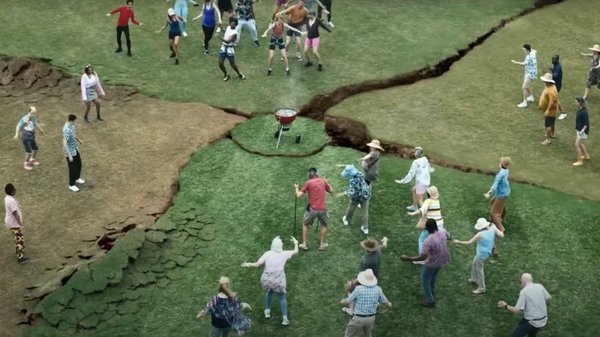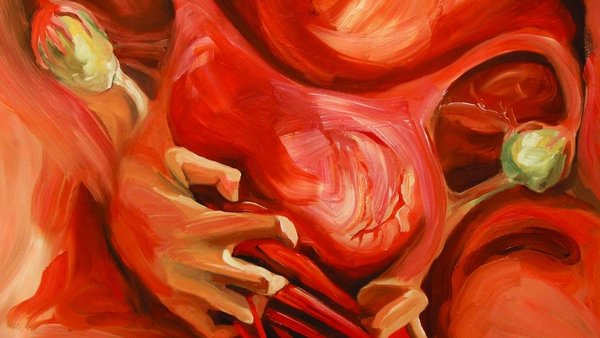Insight & strategy
‘When you have 138 years under your wing, your brand can go two ways’ /
The team behind Coca-Cola's Grand Prix-winning Recycle Me campaign talk legacy, bravery and traditional media
Sunil Bajaj
/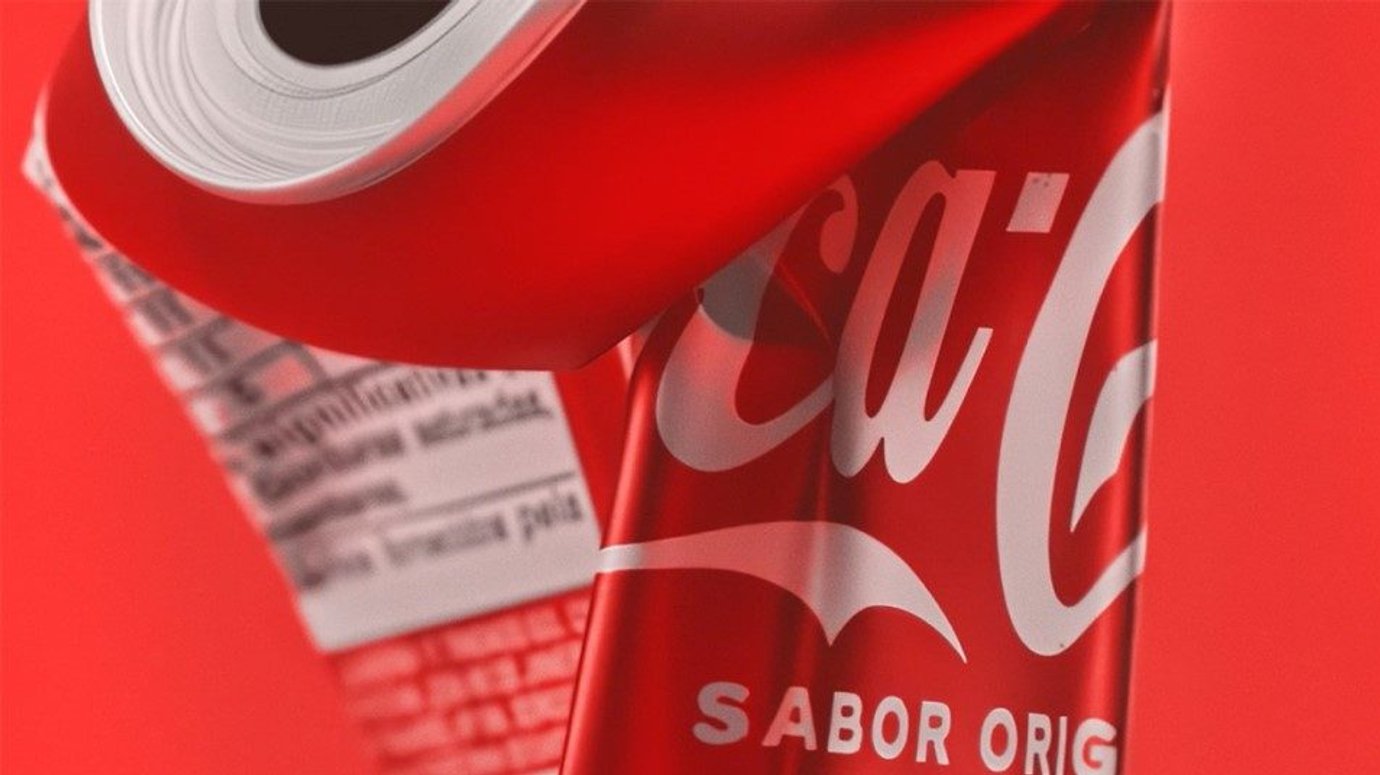
In April 2024, Coca-Cola launched a global print and OOH campaign featuring distorted versions of its iconic logo.
The brand released a 50-second behind-the-scenes video showcasing how it crushed its cans by hand, using hydraulic presses, or vacuum suction to create the misshapen logos used for the adverts.
The Recycle Me campaign, created by Ogilvy, New York, and Open X, WPP’s bespoke agency for Coca-Cola, was designed to draw attention to the brand’s sustainability commitments. Coca-Cola has committed to making all of its packaging recyclable by 2025 and to recycling a bottle or can for each one sold by 2030.
The campaign initially launched in Latin America before being rolled out globally across print and OOH.
Results / According to the brand, the Recycle Me campaign achieved 140 million impressions in the first week it went live. The campaign also collected a Grand Prix in the Print & Publishing category at the 2024 Cannes Lions International Festival of Creativity, as well as four Gold Lions – three in Outdoor and one in Industry Craft.
To find out more about the Recycle Me campaign and where Coca-Cola is on its creative journey, Contagious interviewed Coca-Cola global vice president of creative strategy and content Islam ElDessouky. Agency side, we spoke to Open X Latam lead Horacio Genolet, creative network lead Guillermo Vega, and global client lead Liam Parker. Finally, we heard from Samira Ansari, chief creative officer at Ogilvy New York. They said:
- Recycle Me was born out of an innovation sprint session with Coca-Cola’s agency partners, which focused on the brand’s five big communication priorities – one being sustainability
- Coca-Cola has been built on traditional advertising, so it’s important for the brand to be seen as creative in those formats – which is another of its key marketing priorities
- The insight behind the work was based on the behaviour and ritual of crushing a can before recycling it
- Every logo that was used across the campaign’s OOH and print advertising was unique, each corresponding to a real-life can that was crushed to distort the logo
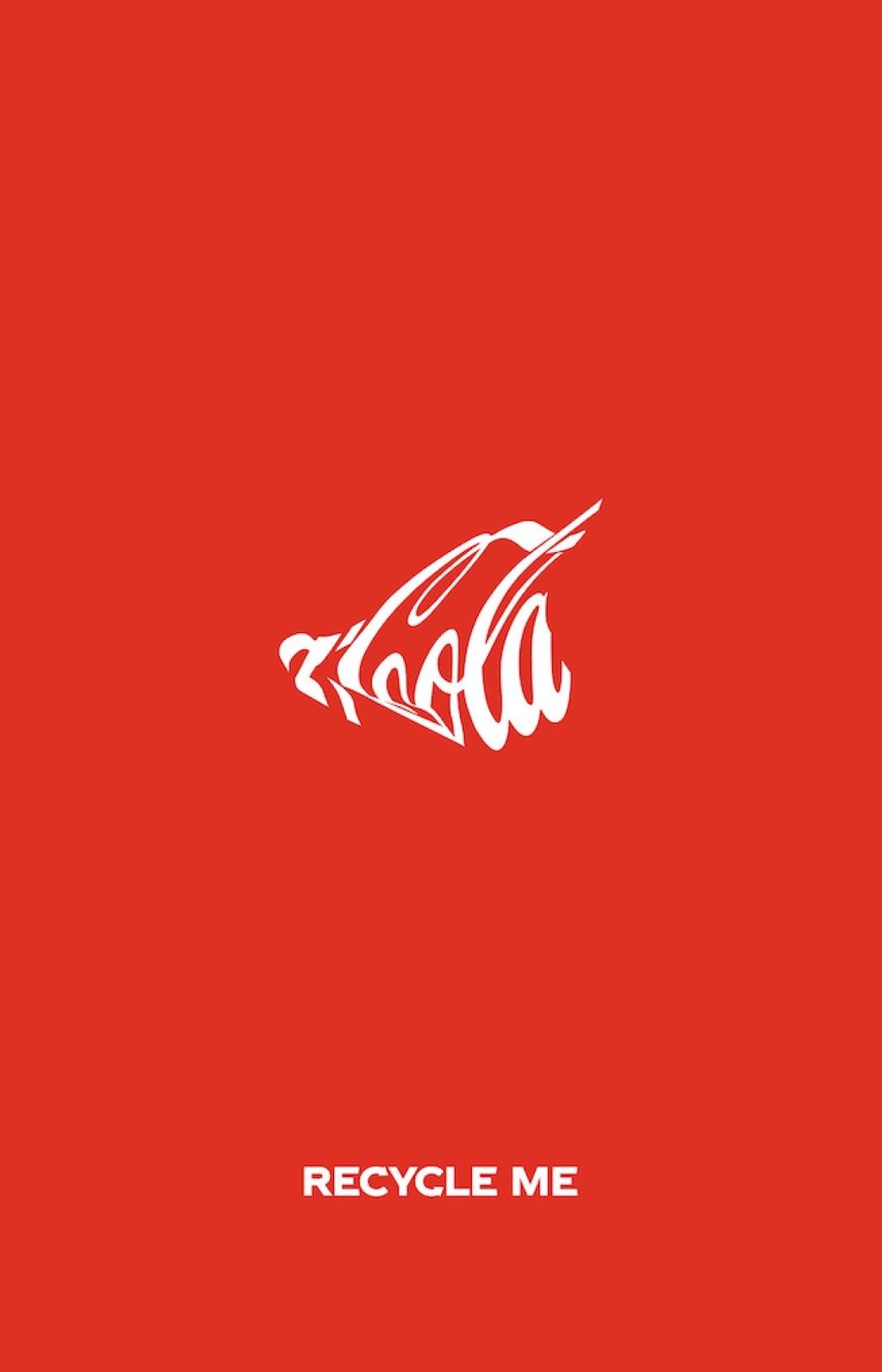
Islam ElDessouky, Coca-Cola
Coca-Cola is one of the world’s most iconic brands, behind some of the most famous ads ever made. Where do you think the brand is right now in its marketing journey?
Islam ElDessouky: We’ve been discussing this a lot internally, especially in the last couple of years. When you have 138 years under your wing, your brand can go two ways: either you become complacent – ‘Let’s milk this iconicity to the bones’ – or it grounds you in a very humble way. Okay, this brand was built by giants, and we have certain values and standards for how we want to build this, where do we go from here?
We concluded that given how marketing and consumerism have evolved significantly over the last few years, this is the time for Coca-Cola to pause, go back to the classroom, and start exploring new stuff – which is what you’re seeing here. We call it ‘Experimenting at scale’ because Coca-Cola is a scalable mainstream brand.
You can’t pilot work in one room and say ‘We piloted it’. That doesn’t work for a brand that sells billions per day. We’re on a very exciting trajectory and just starting to ride the wave up again. Are we on the top? No, absolutely not. We’re far from it. And we need to stay grounded so that we can figure out how we keep giving justice to this beautiful icon that people love.
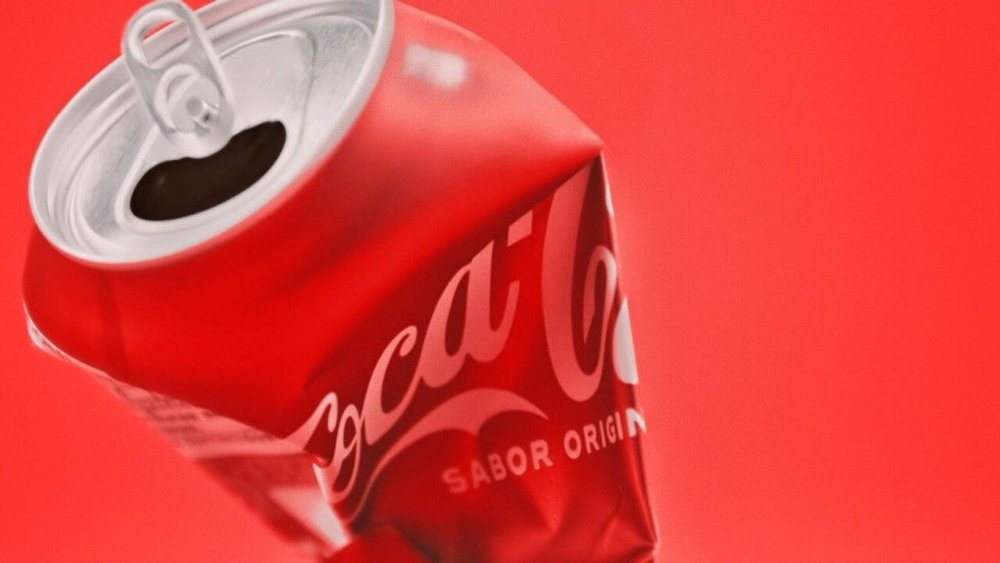
How does a 138-year-old brand hit the reset button on its marketing?
ElDessouky: The timeless nature of Coca-Cola is built on a very simple tripod that never changes – authenticity, connection and positivity. These are the three pillars that Coca-Cola has stood on across its history. It can take different shapes and forms. Real Magic is about connection, and Open Happiness is about positivity – we can navigate this tripod as we see fit, but that is our anchor.
But the very first principle you hear everybody talk about at Coca-Cola is that we’re human-centric. Coca-Cola is so privileged as a brand to have a lot of lovers, ambassadors and superfans because these are the people that you need to listen to and their insights are better than any research or study you can do. So we approached our avid fans and asked ‘What do you think we should do?’ At Coca-Cola, we have the equity, iconicity and real magic in a bottle, if you will. All of that is there. But we need to keep pushing forward and listening to people.
Islam ElDessouky, Coca-Cola
What are Coca-Cola’s biggest challenges right now?
ElDessouky: For a system like ours that’s been so deeply established, to transform is very hard. It’s like if I asked a 75-year-old, ‘Hey, I need you to learn a completely new martial art.’ It’s hard because you’re already so established in your bones, and your muscles are shaped up in a certain way, how do you go back and find the energy to learn something new that requires you to change your physique so much? It is a tough journey to embark upon, but it’s inevitable because change is the only constant.
You do not reach 138 years of growth if you don’t believe that at the heart of your company. The toughest part is trying to inject that freshness. For instance, I’ve been at Coca-Cola for 18 years, while Samira Ansari only joined the crew a few months ago. When you get that mix of custodians of the brand with a new freshness hitting you, you get something like Recycle Me.
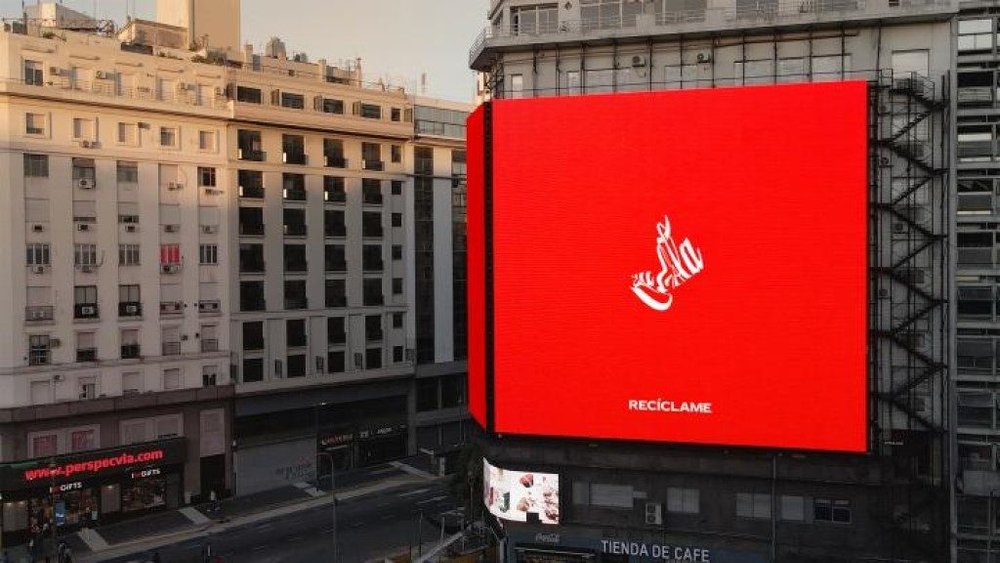
Did this brief stem from a specific brand challenge around sustainability?
ElDessouky: The answer is yes, but it’s not specific to just sustainability. As a brand, we’re constantly getting knocks on our door from different studios and agencies telling us that we need to be more agile. The beauty of Coke is that it is timeless and timely so that dichotomy brings a lot of authenticity to the conversation. One of our values at Coca-Cola is that we’re going to be very harsh on the work, but very kind to the people.
That dichotomy of Kobe Bryant and Ted Lasso fusing together. I’m convinced that we have the best creators in the world, and they’re sitting on this table with me right now, so let’s steer the path towards ‘creative sprinting’ and do a Shark Tank and American Idol on steroids. After we inducted everyone into the core values of the brand, we presented [the team] with the top five briefs from Coke as a brand. These are our five priorities, mandates, big bets, whatever you want to call them – one of which was around sustainability. We saw a lot of ideas, but when Recycle Me was discussed, you could feel it in your stomach that we needed to do this. We also understood that it would require a mountain to climb.
Liam Parker: The joy of the Open X agency model is our ability to scale and activate across the entire global network, in this case with Ogilvy. Those five briefs and bringing everyone together to achieve innovation, not just ideas that are fresh creatively, but that are driving back to solving the business problems.
Islam ElDessouky, Coca-Cola
What was the insight behind the work?
Samira Ansari: It’s a behavioural thing, right? At least once or twice a week, I’m shoving the recycling into the recycling bin at home and the first thing you do to a can is crush it to make it fit. It’s just something that we all do when we enjoy a Coke, you drink it, crush it then it goes into the recycling – it was built on human behaviour.
Parker: But it’s also the symbolism of what crushing a can actually means, the resonance of understanding that moment, and unlocking that to have a conversation. So, it’s broader than just the act and behaviour of crushing a can.
ElDessouky: From a regulation perspective, recycling plants actually prefer it if you do not crush the can, they want to collect all the cans as an authority and crush themselves. It’s easier, more standard and they know how to pack things down even more. But we decided that even still, the symbolism opportunity was huge because it’s very human and intuitive to you to crush the can. We’re showing that Coca-Cola is dead serious about recycling because we’re crushing it on our real estate too – our logo. Then when we go into print and OOH, that's money we’re spending to convey that message, so people say, ‘Oh, they’re really serious about this.’

How many cans did you crush and how many logos did you make?
Ansari: It honestly came down to the media buy, what we wanted to do was ‘No two cans crushed the same’. To achieve that, we drank all the Cokes, then we used a machine press or vacuum suction to crush them.
Parker: If you walked through our office, there were hundreds and hundreds of Coca-Cola cans…
Ansari: Some were horizontal, some were vertical, it all just depended on how it squashed. But no matter what we did, how flat it got, it reads Coke. Every single poster that you see out there, the logo on each one is different. Which was very symbolic for us.
Horacio Genolet: For our digital out-of-home, we would ask the vendors to change the image every day, so in shopping malls on the big screens, you’d see loads of different logos.
Islam ElDessouky, Coca-Cola
How would people know that every Coca-Cola logo they saw in the campaign was unique?
Ansari: That was in the media execution. If you’re standing in front of a bus stop, for example, the ad changes or rotates, so [you] see maybe four or five different logos. Then the penny drops and you say ‘Oh, that’s really cool.’
ElDessouky: Marketers often get bored of the traditional classic vehicles of communication and move on to the new gimmicky stuff. Coca-Cola has been built on those vehicles and we’re big believers in them. Consumers expect to see us in those spaces, and our bottling partners expect to put stuff on these vehicles.
Another one of our five briefs is how do we get the classical media vehicles back to creating magic for us? You can start to see some of the work we’re doing in OOH or print for Coca-Cola changing because we’re going back to those fundamentals.
The Recycle Me work generated a lot of media impressions for the brand – why do you think it struck a chord?
ElDessouky: What comes from the heart goes to the heart, and I think people recognise that. There are many topics where you can talk facts, and we do that on sustainability because it’s important to show that we are serious about it and these are the actions that we’re taking. But when it comes to convincing people that you’re serious about this, you need to break through and grab attention in an already cluttered world. So, when you do that with such grace, and by showing just how serious you are by crushing [your] most precious asset – people appreciate that. It showed vulnerability and humility and the brand signalled to people that it was talking to them in a serious manner. That’s why we were overwhelmed with the positivity. I even received notes from people in the industry who never liked anything that I’d posted before.
Islam ElDessouky, Coca-Cola
What exactly were the press generally saying about the work?
ElDessouky: I don’t think the conversations it sparked were about the creative at all. Take Real Madrid’s football team, they have an 84% winning ratio and 15 Champions League trophies. If you then take all top English clubs combined, it’s 13 total. So when Coca-Cola wins, we are expected to win. We’re expected to have this creative acumen. For Recycle Me, people were more talking about our intent with it and of course, sustainability.
Genolet: What’s interesting is this idea created conversations in social media that were not about the taste or the refreshment of Coke, but through us saying that recycling is important. Which actually can be controversial as some people say ‘yes’, and some people say ‘no’ – that is the beauty of the idea. We were looking at comments from people from all over the world. We felt so proud because not only was it a very innovative idea, but also an idea that created a discussion.
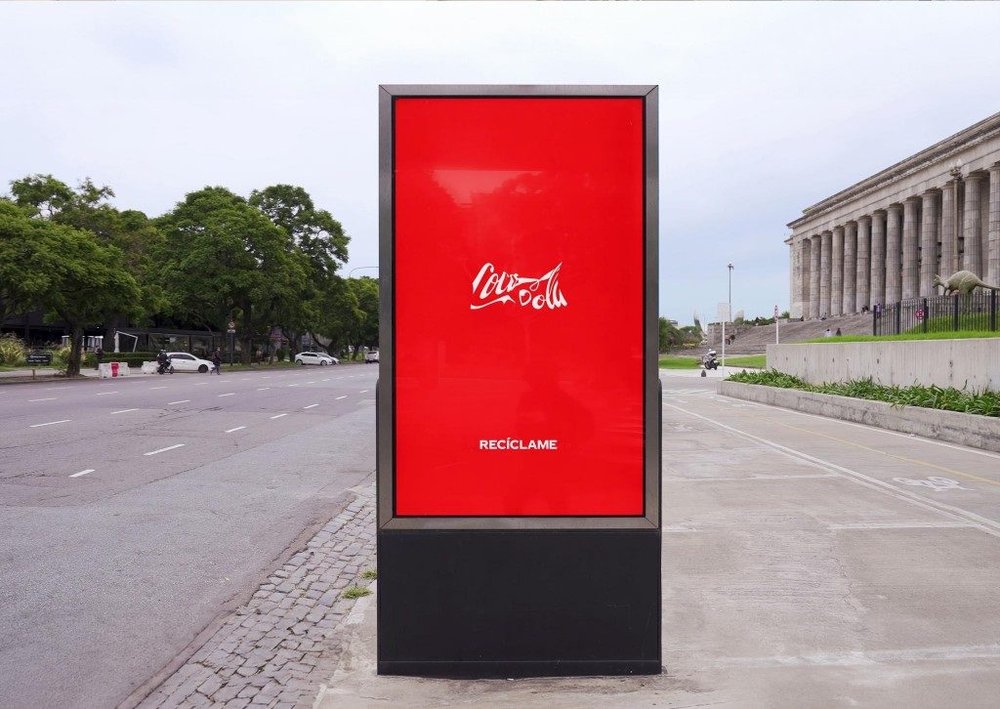
Samira Ansari, Ogilvy, New York
Tell us a bit more about achieving that balance between work that says ‘Drink Coke’ and work that makes people like the brand more.
ElDessouky: To talk about your hybrid between functionality and emotionality, the unlock that we decided to do was humanise our brands. Because as a human, you do not talk about only functionality, that would be weird. But, if Coca-Cola was a human, how would we talk about them? Then, building on that, how do we need to get attention but also build credibility? To walk the talk and show the world that we’re dead serious about this.
Ansari: One of the things we talked about was branding. Big Red, it’s a logo that’s recognisable by 94% of the planet. It takes a brave client to say, hey, we're going to fuck with our logo, the one thing that’s sacred and comes with a ridiculous guideline handbook. It was one of those ideas where we said ‘Let's just show it’ – and the genius of Islam is that he recognised the potential in it for two things: that it touches on the branding of the Coke red, and obviously the message around sustainability.
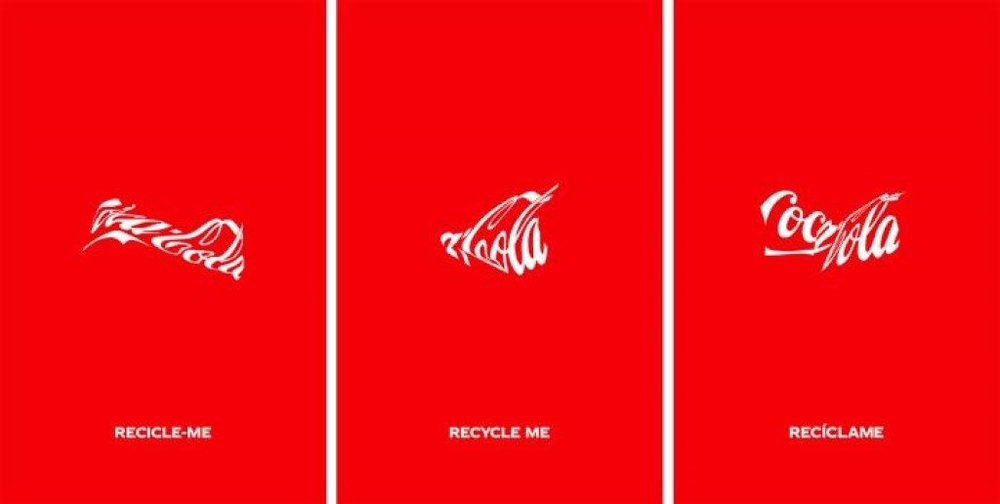
How is the work brave?
Ansari: Coca-Cola wanted to go against a 150-page book of brand guidelines, that’s commitment and that’s bravery.
ElDessouky: At the end of the day, we’re protectors of the trademark, it pays our bonuses and salaries. When we showed people internally and really started pushing it, people would react by saying ‘Whoa’ and, as I said, there was a mountain to climb. Love can do wonderful things, and I know it sounds like I’m in a Titanic movie or something, but people can feel that energy. I remember Liam and I had a call with the sustainability director at Coca-Cola and I was trembling because I was about to tell them, ‘We want to crush the logo.’
Parker: It was a super vulnerable moment for the brand, and in the end, they were very receptive.
The next time Coca-Cola is presented with a creative mountain to climb, will you be starting from base camp rather than at the bottom?
ElDessouky: The official answer is, I think so. The honest answer is, I hope so.
Guillermo Vega, WPP Open X
What has been your single greatest learning from this campaign?
Ansari: At Ogilvy, we call it borderless creativity – an idea can come from anywhere in our network. One beautiful thing about Coca-Cola is we’re all fans and we all know the brand. No one is going to say no to a Coke brief. But the truth is that an authentic idea resonates with everybody.
Guillermo Vega: For me, it’s iconicity and simplicity. When you look at the history of the brand, we’re building upon the work of giants. You have Share a Coke, Hilltop, we have Santa Claus in the US and polar bears, there’s a book about Coca-Cola’s ads, there’s a museum about it… When you think about such an amazing history of advertising you have this feeling of greatness. So, when people see that red background with a logo crushed, it’s the iconicity you don’t often see and a level of simplicity that’s rarely achieved in our industry. Some of our backgrounds are in design, so there’s also a weird pleasure in seeing a brand’s logo being transformed to communicate a message. There’s also something about the simplicity of the piece that is quite unique and fresh. You usually see really complicated OOH advertising, with copy and captions – but just leveraging the iconicity and the simplicity of the visual is spectacular.
Want more of the same? /
We don’t just write about best-in-class campaigns, interviews and trends. Our Members also receive access to briefings, online training, webinars, live events and much more.

